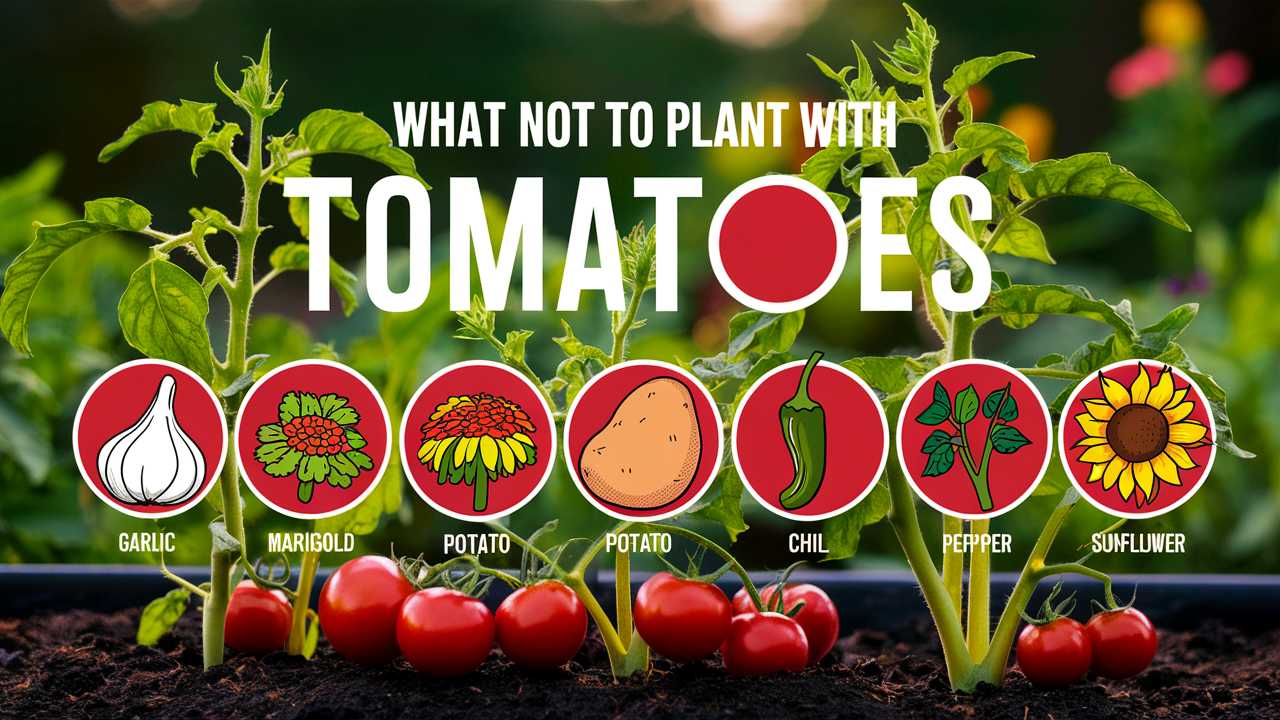While you may be enthusiastic about growing tomatoes, it is essential to acknowledge that not all plants thrive in their company. Companionship in the garden is as important as in life. Let’s explore what not to plant with tomatoes, ensuring your garden flourishes harmoniously.
Broccoli
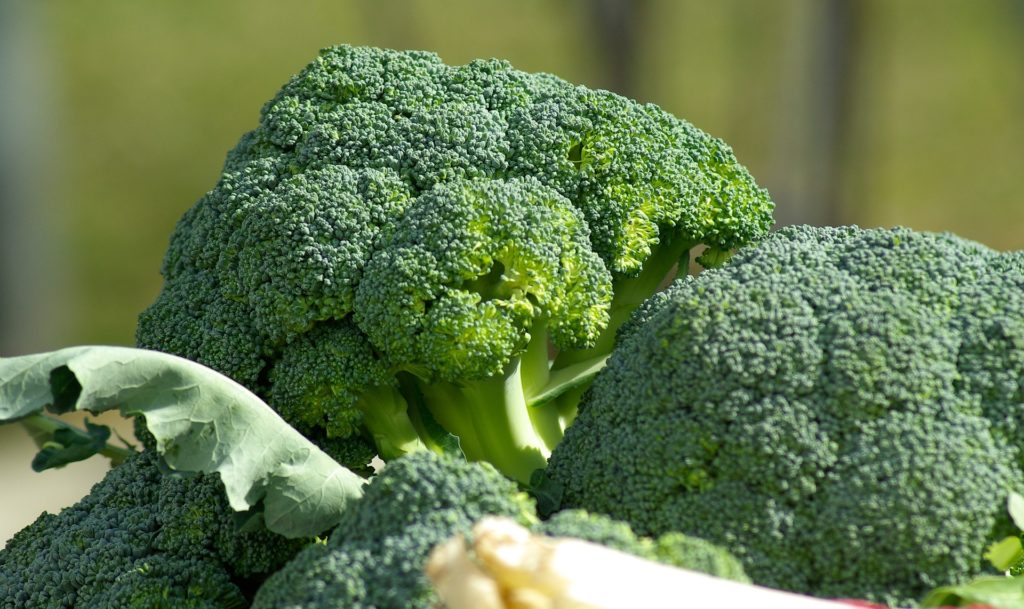
When it comes to growing tomatoes, broccoli is a plant you’d be wise to keep at a distance. While both of these crops are popular in vegetable gardens, they belong to different families—tomatoes belong to the Solanaceae family, while broccoli is part of the Brassicaceae family. This difference means they have varying nutrient needs and growth habits that don’t always synergize well.
Broccoli can attract pests like aphids and cabbage worms which may also find their way to tomatoes. Additionally, when grown together, they may compete for nutrients such as nitrogen, leading to stunted growth on both fronts. Keeping broccoli away from tomatoes can lead to healthier plants and a better yield of delicious fruit.
Cabbage
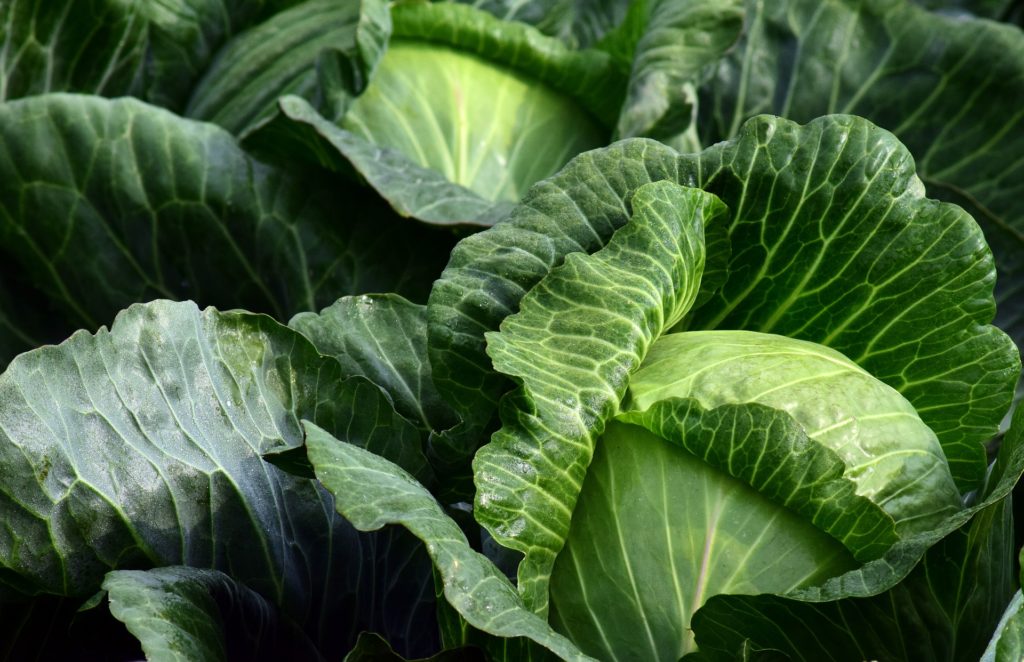
Similar to broccoli, cabbage is another member of the Brassicaceae family, making it an unsuitable companion for tomatoes. Cabbage plants are known for their heavy nutrient uptake, which can deplete the soil of vital resources needed by tomatoes. This competition can disrupt growth patterns, as both plants vie for limited nutrients.
Moreover, cabbage can harbor pests like aphids and caterpillars, which will not only infest cabbage but will also spread to nearby tomatoes. In the desire for a flourishing garden, it’s often best to separate these two and consider companion plantings that promote mutual growth and health instead.
Sweet Corn
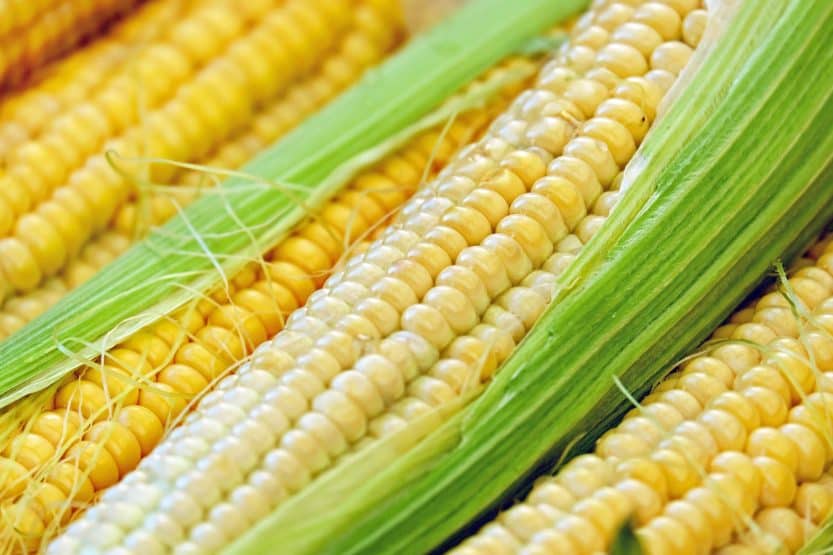
Sweet corn is a beloved summer staple, but pairing it with tomatoes may have undesirable effects. Both crops require substantial amounts of nutrients, particularly nitrogen, which can lead to excessive competition. Corn’s towering height can also shade tomato plants, depriving them of the sunlight essential for photosynthesis and fruit production.
Additionally, sweet corn is susceptible to the corn earworm, which may wander off to tomatillos and tomatoes. This predatory pest can wreak havoc on your lush tomato plants, resulting in a disappointing harvest. Thus, to promote optimal growth and minimize pest interactions, it’s advisable to keep sweet corn away from your tomato patch.
Cucumbers
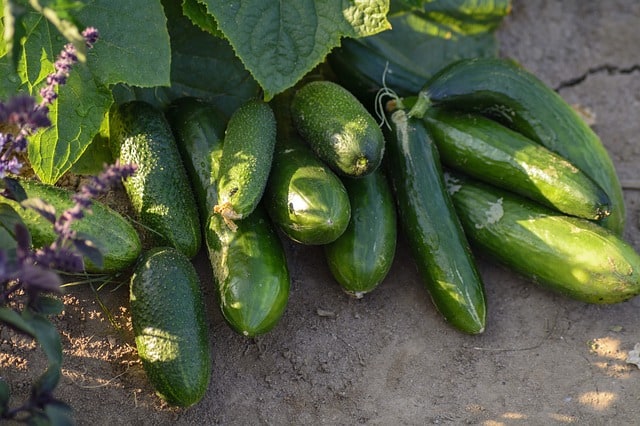
Cucumbers are often a gardener’s favorite, but they can throw a wrench in your tomato plans. These two plants not only have different cultural requirements, but they also tend to compete for space. Cucumbers will grow horizontally, sprawling out and potentially shading tomato plants, limiting their access to light and air circulation.
Additionally, both cucumbers and tomatoes can attract similar pests, including cucumber beetles and spider mites, leading to a higher risk of infestations. Both plants thrive in warm weather, making them susceptible to diseases like powdery mildew—an ailment that can spread rapidly if both vegetables are grown in close proximity. To cultivate a healthy garden, it’s best to keep cucumbers and tomatoes apart.
Eggplants
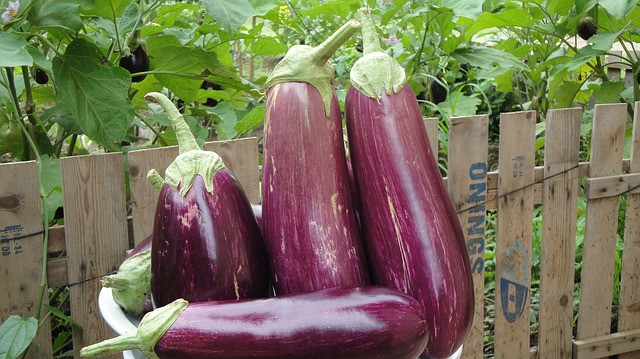
While eggplants and tomatoes are both members of the nightshade family, this does not mean they make perfect companions. In fact, planting them close together is inadvisable because they often face the same diseases, such as blossom end rot and wilting diseases. If one plant becomes infected, it can quickly spread to the other, causing devastation in your garden.
Moreover, eggplants can be susceptible to certain pests, such as flea beetles, which may also inflict damage on tomatoes. In a garden setting, promoting diversity is vital; thus, separating these two varieties can help your plants stay healthy and reduce the risk of disease transmission.
Fennel
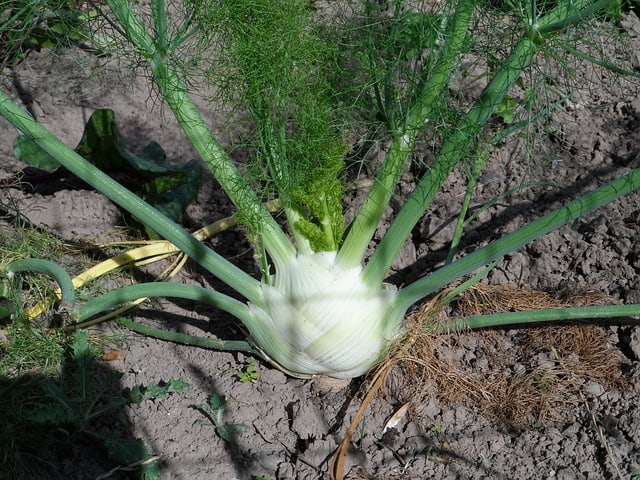
Fennel is a fragrant herb known for its unique anise flavor, but it’s best appreciated from a distance when growing tomatoes. The challenge with fennel lies in its potential to be allelopathic, which means it can release chemicals into the soil that inhibit the growth of neighboring plants, including tomatoes.
Additionally, fennel attracts beneficial insects but can also attract undesirable pests. These pests may then wander toward tomatoes, creating further issues. For a flourishing ecosystem in your garden, it would be prudent to keep fennel well away from your tomatoes, so they can thrive without interference.
Peppers
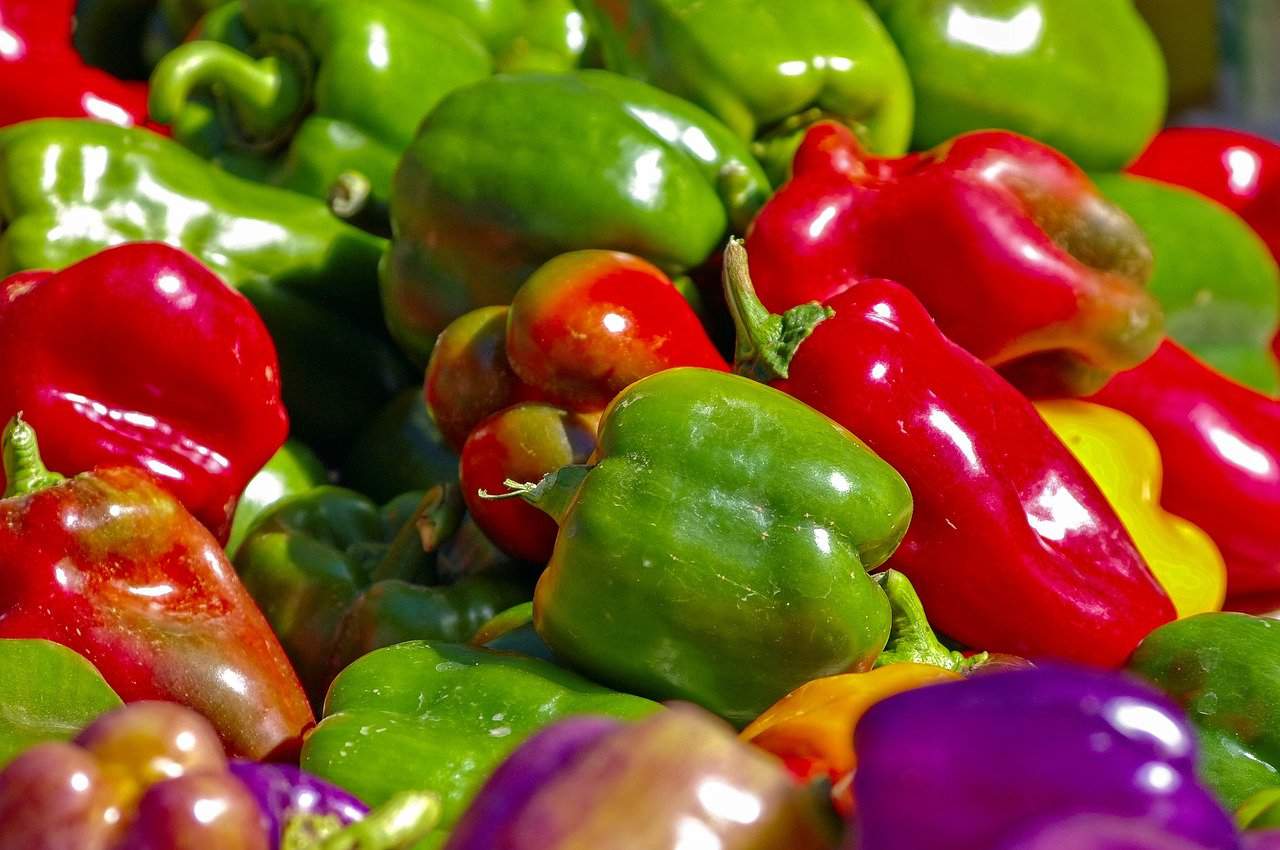
Peppers, being another member of the nightshade family, may seem like ideal neighbors for tomatoes. However, planting them together is fraught with risks. Much like eggplants, both tomatoes and peppers can fall victim to similar pests and diseases, including aphids and fungal infections.
The close proximity of these two can also lead to issues with crop rotation. Growing different varieties of nightshades in the same area over consecutive seasons can deplete specific nutrients and heighten the risk for pest infestations. Therefore, while their colors may complement each other in the garden, it’s best to plant them in separate sections to optimize growth and ensure plant health.
Potatoes
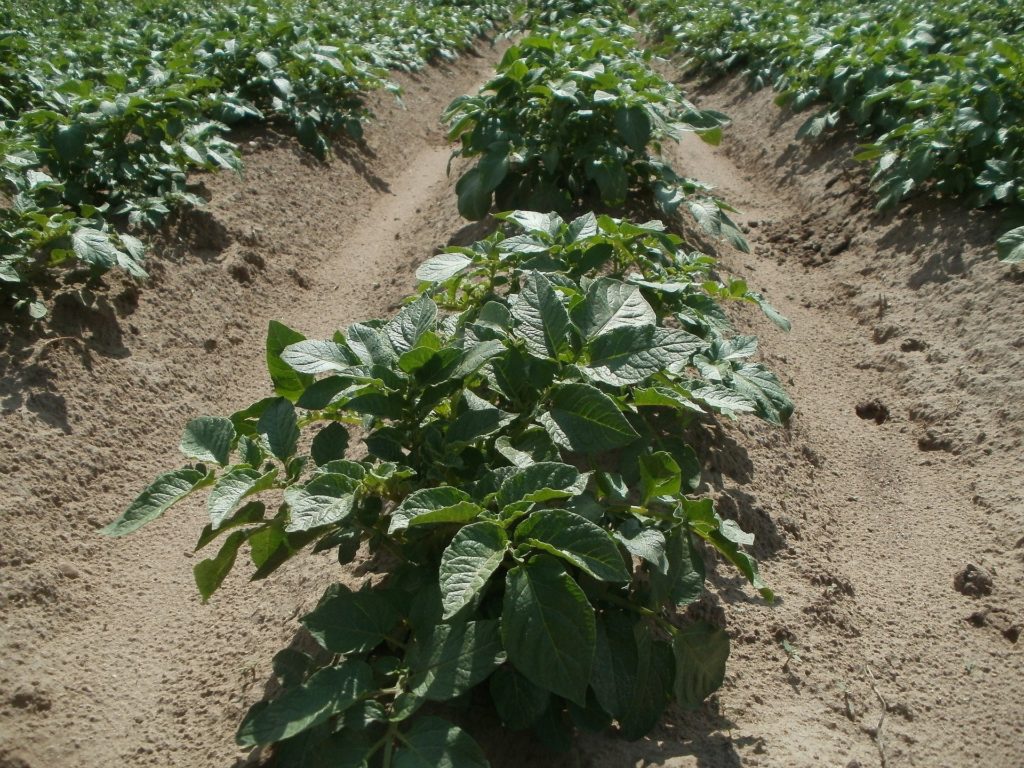
Another member of the nightshade family, potatoes have a love-hate relationship with tomatoes. While they are both part of the same family, planting them together can lead to significant problems. Both tomatoes and potatoes are prone to blight—a fungal disease that thrives in humid conditions. If blight strikes one plant, it can quickly spread to the other, devastating your crops.
Additionally, potatoes need a different amount of nutrients compared to tomatoes, which can lead to competition for limited resources. Both plants grow vigorously and can hinder one another’s performance. As appealing as it may seem to have these two plants close together, it would be much wiser to maintain a sufficient distance between them to avoid complications.
Sunflowers
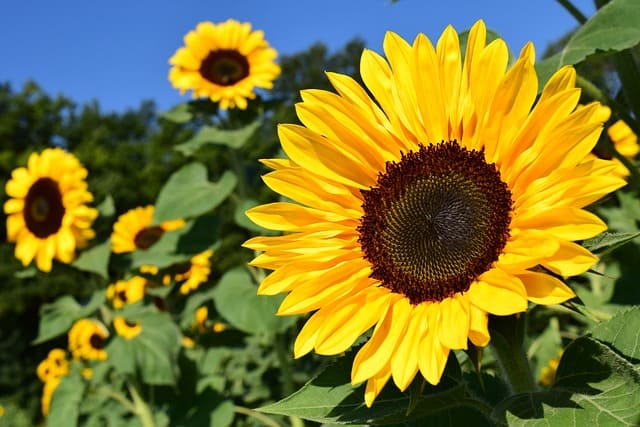
While sunflowers are visually stunning and can be a striking feature in your garden, they don’t always play nicely with tomatoes. Sunflowers can produce allelopathic chemicals that may negatively affect tomato plants. These chemicals can inhibit tomato seed germination and stifle young plants’ growth.
Furthermore, sunflowers attract a variety of pests, including aphids and beetles, which may find their way to tomatoes. As a protective measure for your precious tomato crop, it’s best to appreciate sunflowers from afar, planting them in a section of your garden distant from your tomatoes.
Sweet Potatoes
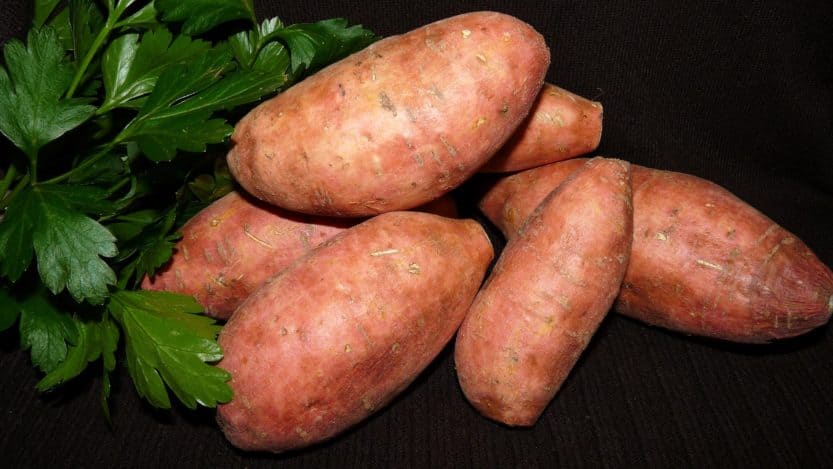
Sweet potatoes may be a delicious addition to your vegetable garden, but they are another crop you’d want to avoid planting alongside tomatoes. Just like potatoes, sweet potatoes compete with tomatoes for nutrients and space, leading to poor growth for both.
Additionally, sweet potatoes can attract pests that are drawn to tomatoes, leading to more insects in your garden. Furthermore, sweet potatoes may also overshadow tomato plants and limit their access to sunlight, which is crucial for their maturity and flavor development. For the sake of promoting healthy growth, planting sweet potatoes away from tomato plants is the smart choice.
Black Walnut Trees
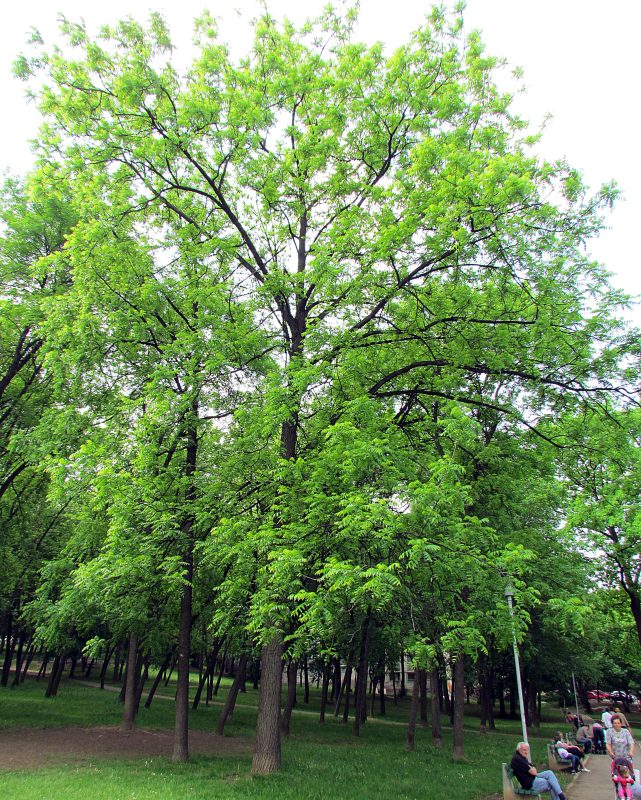
Finally, let’s talk about black walnut trees—a magnificent addition to any landscape but not an ideal companion for tomatoes. These majestic trees produce a substance called juglone, which is highly toxic to many garden plants, including tomatoes. The presence of juglone in the soil can lead to wilting, yellowing, and death of tomato plants.
Even if you don’t plant tomatoes directly beneath a black walnut tree, the root system can extend far and influence the surrounding soil, rendering it inhospitable for your beloved tomatoes. If you’re considering where to plant tomatoes, be sure to steer clear of these beautiful but detrimental trees.
Conclusion
In summary, while the thrill of growing tomatoes can be exciting, it’s crucial to be aware of which plants should be excluded from their vicinity. Creating a thriving vegetable garden relies heavily on understanding plant relationships, their uptake of nutrients, and their susceptibility to pests and diseases. By avoiding the companionship of broccoli, cabbage, sweet corn, cucumbers, eggplants, fennel, peppers, potatoes, sunflowers, sweet potatoes, and black walnut trees, you’re setting the stage for healthy growth and a bountiful tomato harvest.


